Norfolk Conservation aims to turn the tide at seaside town
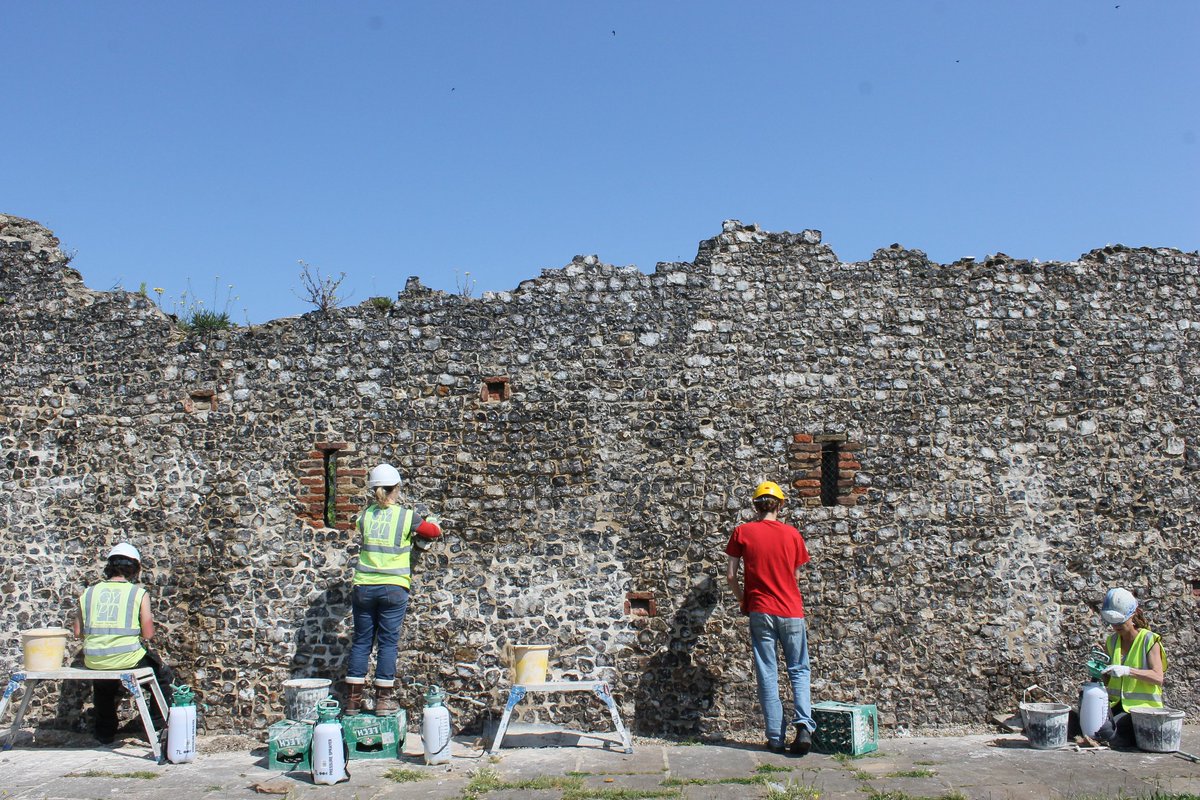
Flint/brick wall repointing and consolidation, Great Yarmouth Town Wall, Mariner’s Rd, Great Yarmouth, October 2015 - June 2016
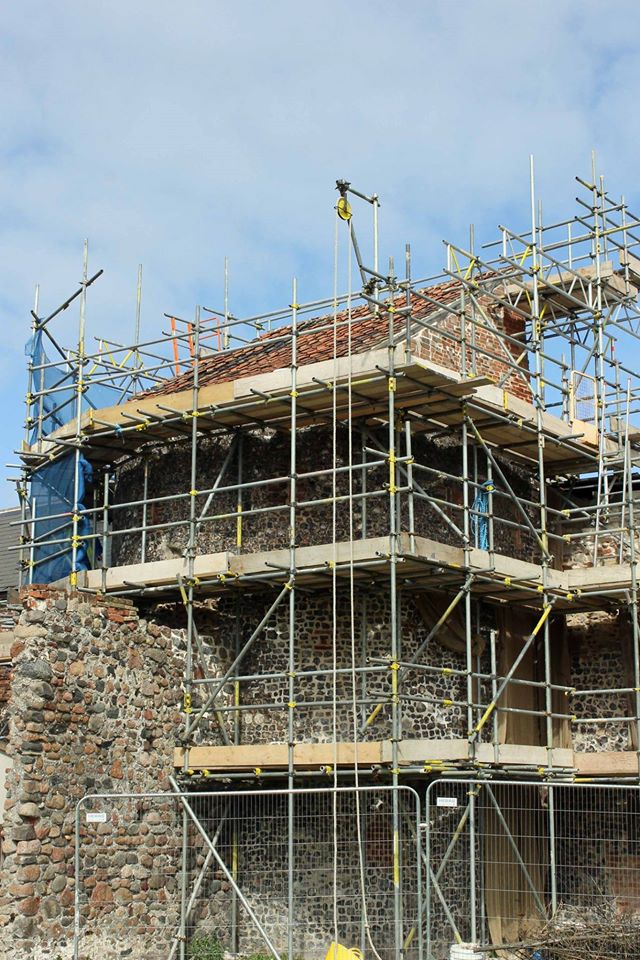
Repointing and consolidation on and around Palmer’s Tower, Great Yarmouth Town Wall, Great Yarmouth, October 2015 - June 2016
Popular perceptions of Great Yarmouth are that of a one-dimensional, kitsch and deprived seaside holiday resort. Images of low-value amusement parks, gaudy slot arcades, and penurious society are likely to surface. True, Great Yarmouth suffers from economic deprivation and hardship. One can see it in the buildings, street and faces. However, it is also fair to presume that this perception too is deprived and one-dimensional.
Penetrating below the surface and beyond reputation, it becomes evident that the town possesses a rich, multi-layered history as a pioneering and prominent place, symbolising through its built environment the epitome of this region’s seaside cultural heritage. Standing as a microcosm, Great Yarmouth’s relationship with the sea has been evolving for centuries, defining and redefining its culture. Through the years, its strategic location has forged its many social purposes as a fishing and trading port, defence and naval station, and leisure and amusement destination.
Demonstrating such importance through an evolutionary timeline are built structures such as two Roman forts in the borough, Caster Fort and Burgh Castle(the best preserved Roman monument in East Anglia), reaffirming its advantageous and fortuitous location for millennia. Illustrating its importance as the fifth most prosperous town with the largest navy base north of the Thames by the mid-14th century are a number of monastic buildings, including the remains of the 13th century Franciscan Friary; the second most extensive medieval wall in England; and the 13th century Tollhouse, the oldest civic building in England.
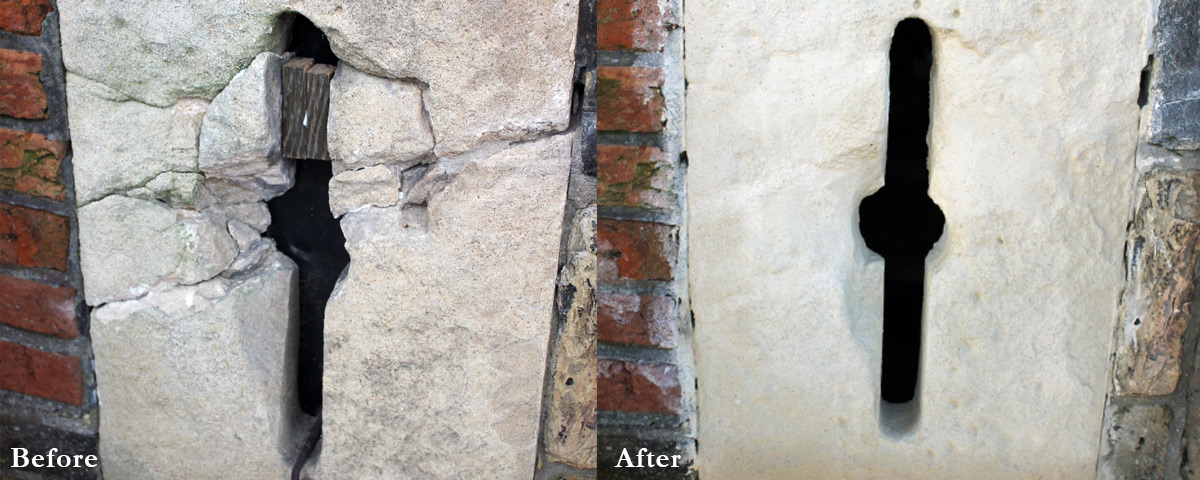
Stonework repair, Arrow Slit, South-East Tower, Great Yarmouth Town Wall, Great Yarmouth, March 2015
Demonstrating its continued prosperity are buildings such as the 17th century Old Merchant’s house, set within the distinct ‘row’ street plan, and ostentatiously displaying its opulent interior. John Andrews, the largest herring merchant in Europe of his day, built his extant home here in the 18th century, and by the 19th century Great Yarmouth was the largest herring port in the world with more than 600 ships on its register. Structures such as the Nelson Monument, built shortly after Nelson landed in Yarmouth after the Battle of the Nile, represents its continuous military status, further exemplified by the late 18th century Naval Hospital, later used as a WWII naval information centre.
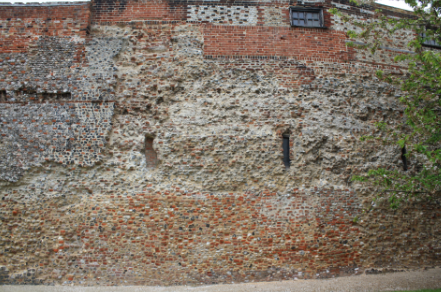
Flint/brick wall repointing and consolidation, Great Yarmouth Town Wall, Blackfriars’ Rd, Great Yarmouth, April 2015
Additionally, Yarmouth’s history as a premier seaside resort is demonstrated by structures such as the 19th century Wellington Pier, the first pier to be built in the country purely for pleasure; the last surviving seaside Victorian cast iron and glass winter gardens in the country; the Hippodrome Circus, built at the turn of the 20th century and featuring one of only three remaining circuses with a retractable pool; and the Windmill Theatre, one of the earliest purpose built cinemas in Britain.
Overall, the borough has 415 listed buildings- a fact representative of its consensual value. Unfortunately, contrary to its long withstanding prominence, a variety of factors have precipitated a rapid economic downturn from the Second World War, and with it, a deterioration of the historic landscape and a retreat of the knowledge and skills to conserve it. However, inspired by an illustrious and enduring past, some in the community are aspiring to turn the tide.
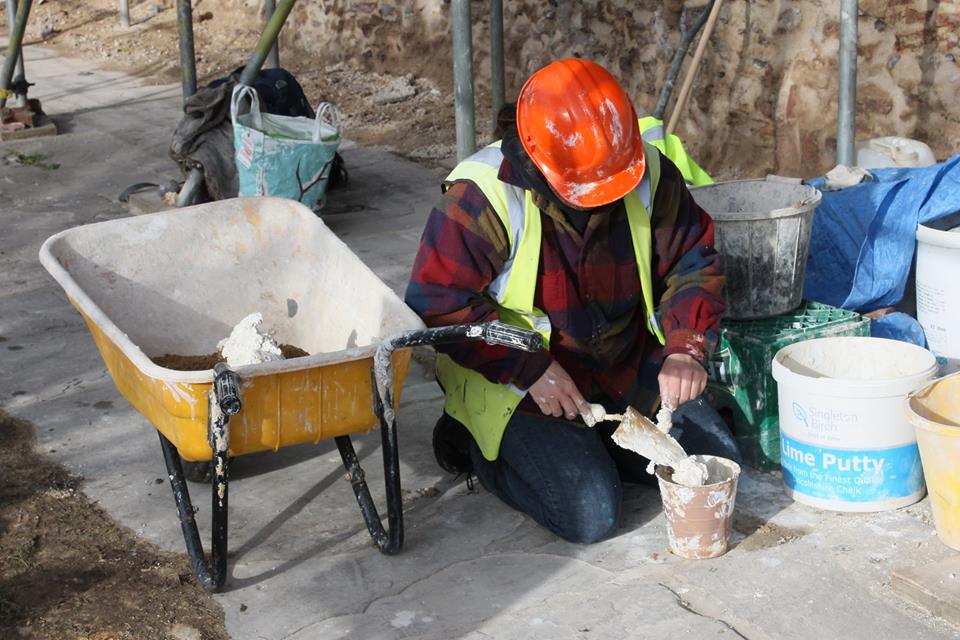
Site Manager, Cathy Mijatovic, preparing lime mortar, Great Yarmouth Town Wall, Mariners’ Rd, Great Yarmouth, February 2016
Norfolk Conservation Ltd. (NCL), a social enterprise company, originated as a response to and concern with the outstanding heritage of the borough, a general poor state of the extant built historic environment, a lack of traditional building skills and knowledge, and high unemployment rates. Established by the Great Yarmouth Preservation Trust (GYPT), the company evolved from the Trust’s training model, manifested through two major projects: the Cemeteries Project and Hopton Ruined Church.
Initially established at the Cemeteries Project, trainees and volunteers worked for over two years to clear, survey and repair a neglected, and in part abandoned, 40 acre cemetery site. The results included the involvement of over 200 participants and the delivery of over 10,000 training hours.
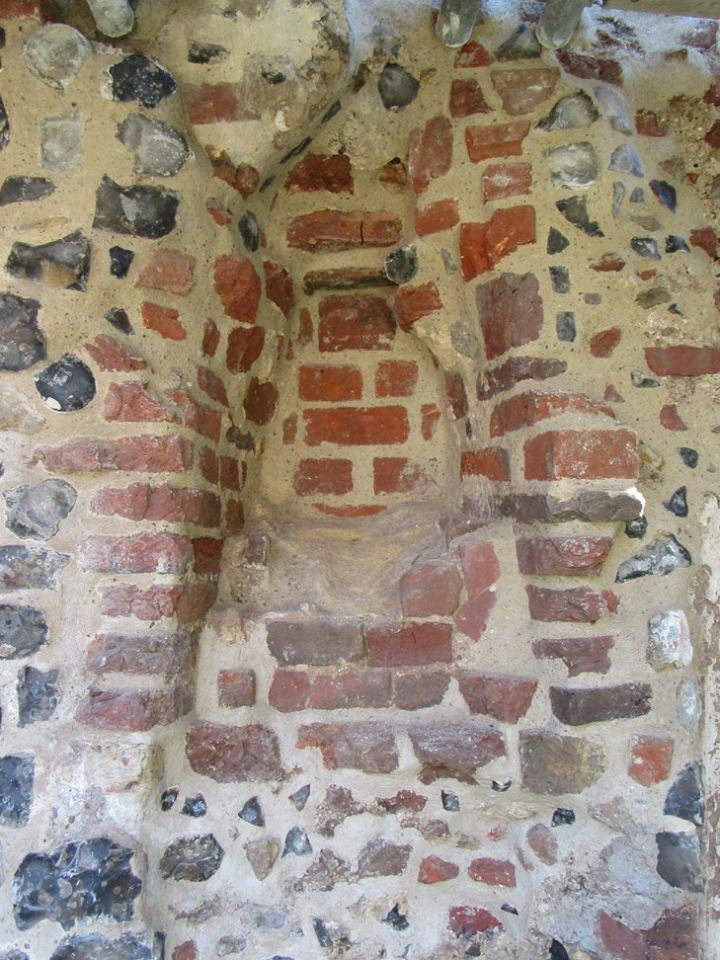
Flint/brick wall repointing and consolidation, Palmer’s Tower, Great Yarmouth Town Wall, Great Yarmouth, October 2015 - June 2016
A core of twenty trainees, the majority of whom were long term unemployed, were given intensive training on site and through external courses. This core stayed committed to training and volunteering through a series of other projects.
Integral to the mission, NCL now serves as an employment vehicle with the practical team comprised of 7 conservators, all having worked for at least 4 years as trainees with the GYPT. Invested in their skills, these people are enabled to safeguard Great Yarmouth’s outstanding heritage, while all profits are contributed toward the interrelated and philanthropic aims of the GYPT.
Amongst undertaking a variety of heritage management services, NCL’s work has included the above mentioned projects, stone repairs and consolidation, flint work, and an ongoing project conserving Great Yarmouth’s mediaeval town wall. Importantly, the company offers a pool of conservation skills to local contractors.
Prior to GYPT’s efforts, including the inception of NCL, Great Yarmouth lacked the basic skills needed to maintain the built historic environment, such as working with lime mortar, window repairs, or traditional roofing techniques. Although a task far from complete, much progress has been made in a relatively short time. Providing a platform to share an understanding of traditional skills and appropriate repairs whilst equipping local people with the means to enact, has laid the foundation for a more sustainable past, present, and future for Great Yarmouth.
Norfolk Conservation Ltd can provide a range of services and conservation advice to owners, businesses, local authorities and community groups. For further information visit www.norfolk-conservation.uk
















